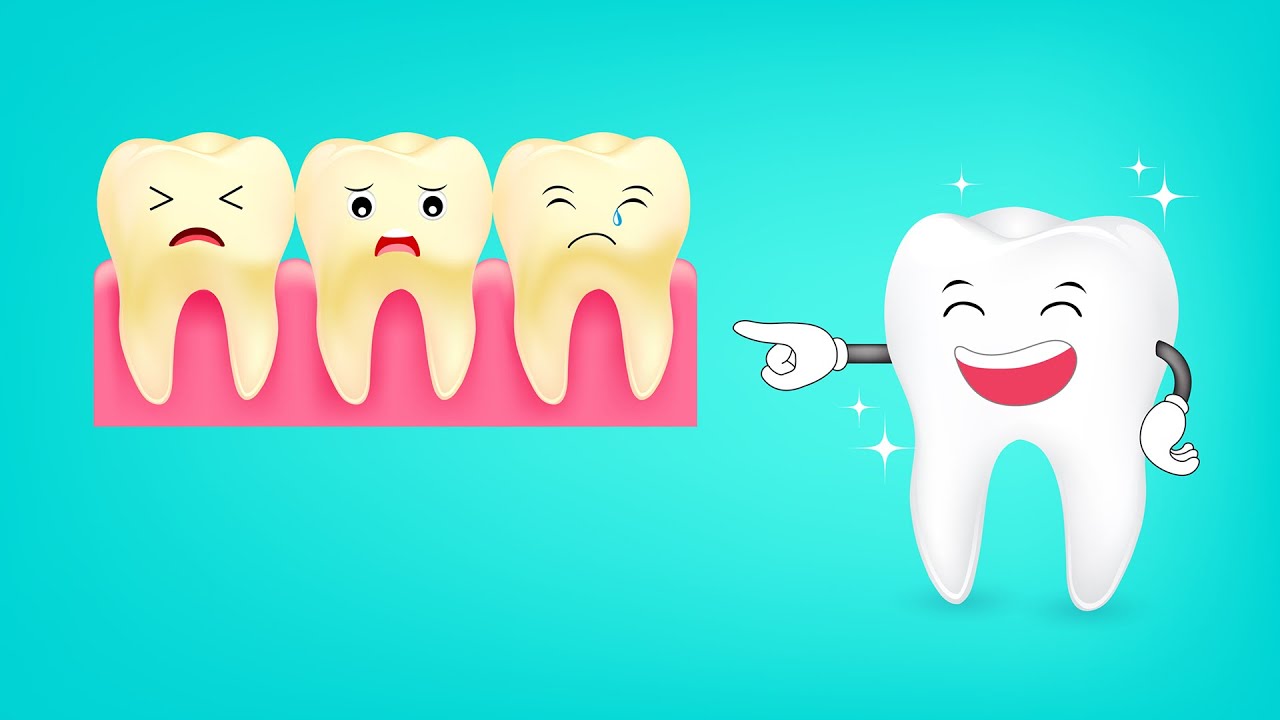
Teeth yellowing is a common condition that many people want to cure as it affects smiles and self-confidence significantly. Over time, our teeth may lose their brightness and this is totally normal. However, there are several ways to prevent and reverse this discoloration including daily habits and professional treatments. Keep reading to discover effective methods to prevent teeth yellowing and find out how to remove yellow stains from teeth!
Daily Habits to Prevent Teeth Yellowing
One of the most effective ways to prevent teeth yellowing is maintaining good oral hygiene practices. If you brush your teeth at least twice a day with quality toothpaste, the plaques and stains may be removed before they set in. Brushing can't alone reach some of the food particles and plaques, this is where flossing comes to the stage! You should floss at least once a day. For additional protection, you can add a mouthwash to your daily routine.
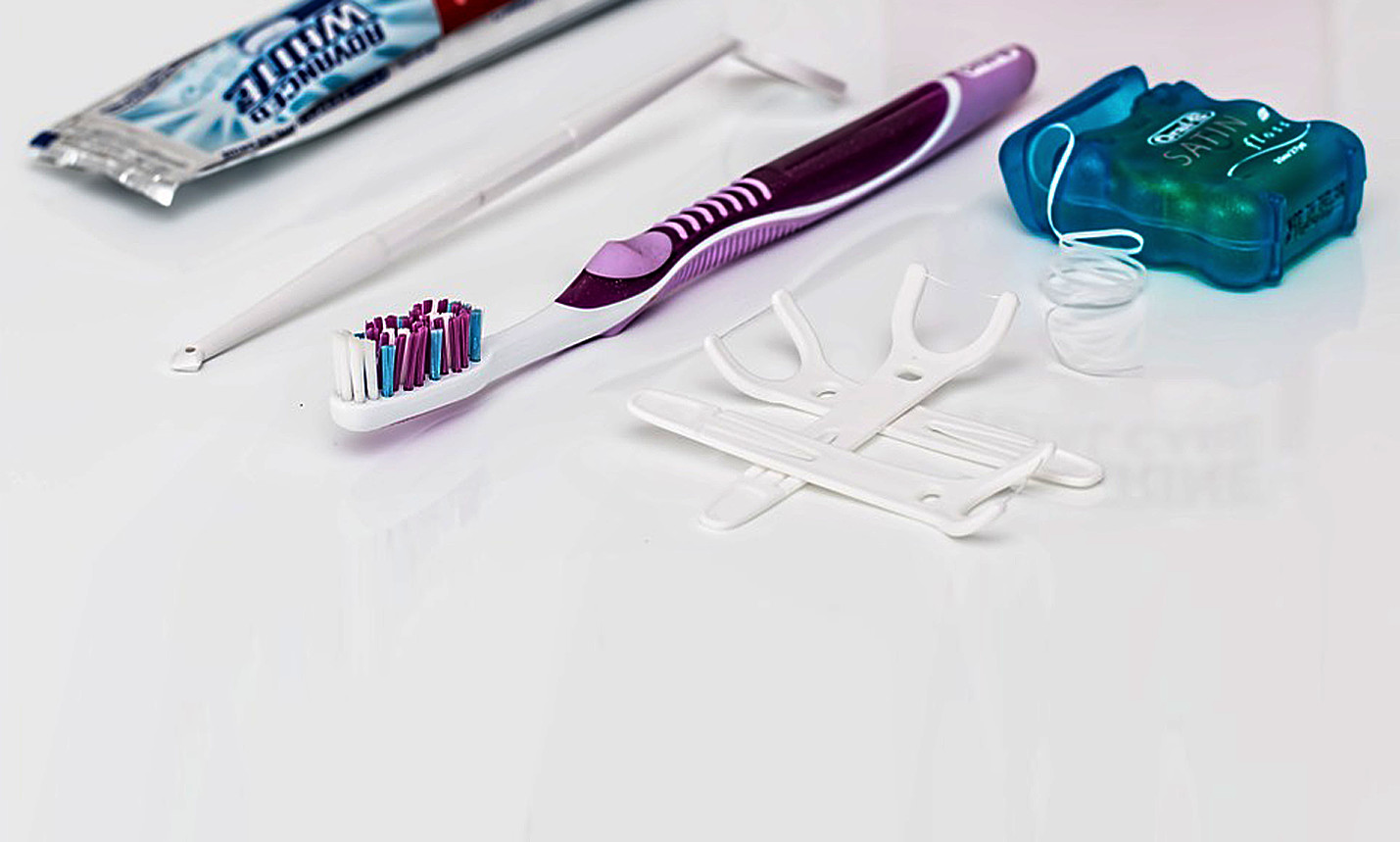
However, it is possible to see your teeth still yellow after brushing. Another key factor in preventing teeth yellowing is your diet. Some foods and beverages like coffee, tea, red wine, and berries are known to stain teeth over time. If you consume these regularly and even excessively, try to rinse your mouth with water right afterward consuming them. You may also drink the beverages through a straw to minimize their contact with your teeth. Another major cause of yellow teeth is of course: Smoking. Nicotine and tar in tobacco stain teeth deeply. Quitting smoking or at least reducing it to 1 or 2 cigarettes per day not only benefits your overall health but also helps keep your teeth white.
How to Remove Stains from Teeth
If you are asking “Can you reverse teeth yellowing?”, we got you! If your teeth have already become yellow, don’t worry—there are still several ways to remove stains and whiten your smile. One of the simplest and most common methods is using a whitening toothpaste, which contains mild abrasives that help wipe away the stains on the surface. However, it’s important to note that these toothpastes may not be effective if the stains go deeper than the surface
If your stains are deeper than the surface and are stubborn, professional help might be necessary. With a teeth whitening procedure in a well-equipped clinic, you can reach whiter teeth in around 60-90 minutes and the process is very simple and pain-free. The process begins with a thorough dental cleaning (scaling) to remove any plaque and tartar on the teeth so that the whitening agents can work effectively. Then the dentist applies a whitening gel containing hydrogen peroxide or carbamide peroxide to the surface of the teeth. These compounds break down stains into smaller molecules, making the discoloration less concentrated and giving the teeth a whiter appearance. The gel is activated by a special light or laser, which accelerates the whitening process and improves the results.
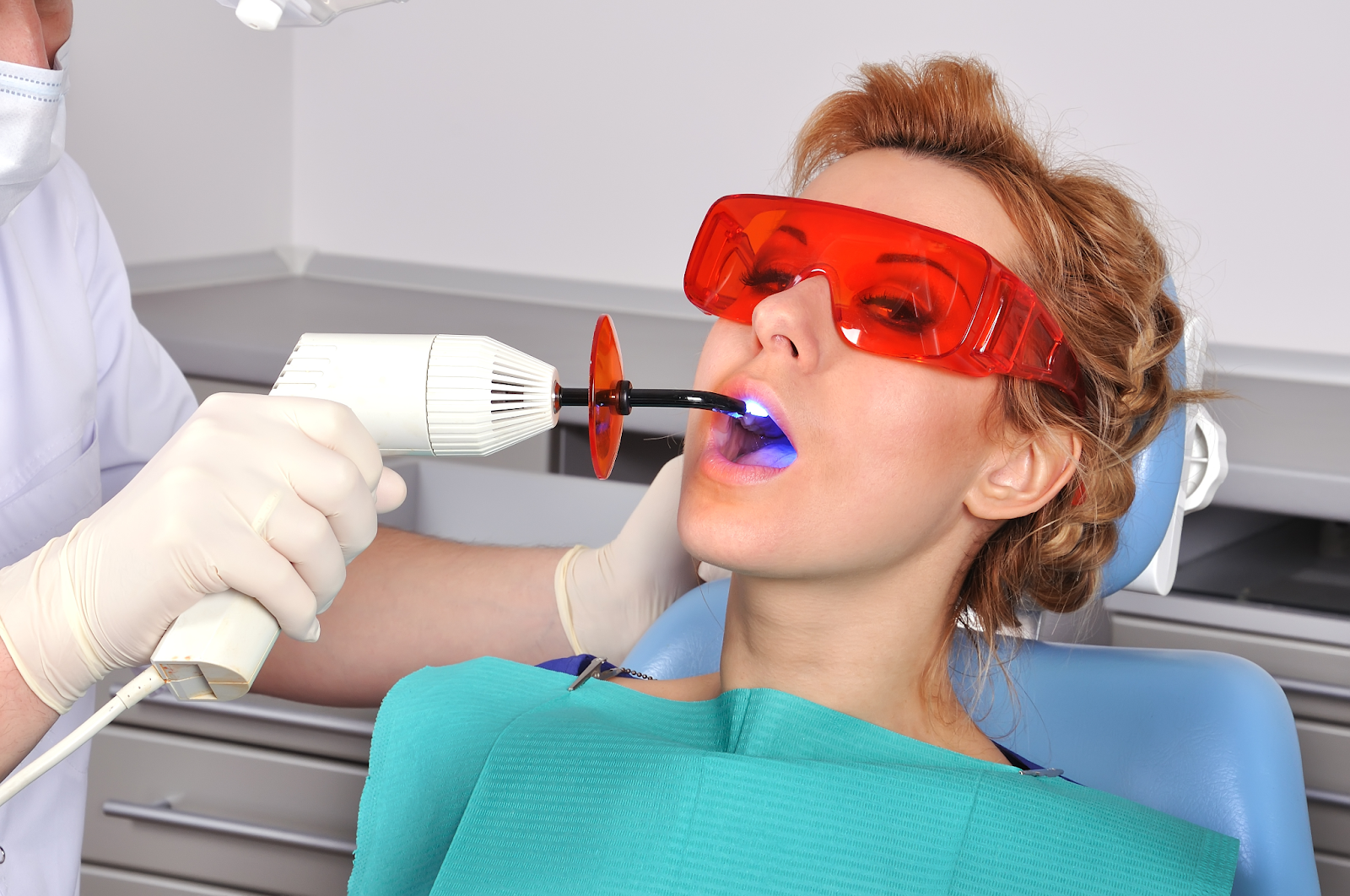
Teeth Naturally Yellow: Is It Possible?
Yes, teeth can naturally be yellow, and this situation is actually more common than you might think. The natural color of teeth changes from person to person and depends on several factors, such as genetics, the thickness of enamel, and the underlying dentin. How is it possible then? Teeth are made up of multiple layers:
-
The outermost layer, enamel, is the hard, white, protective surface of the tooth.
-
Underneath the enamel, there is dentin and it is naturally yellowish.
So, the thickness and translucency of your enamel play a crucial role in how white or yellow your teeth appear. People with thicker enamel tend to have teeth that appear whiter because the thicker enamel covers the yellow color of the dentin beneath. Conversely, those with thinner enamel may have more yellow-appearing teeth because the dentin is more visible.
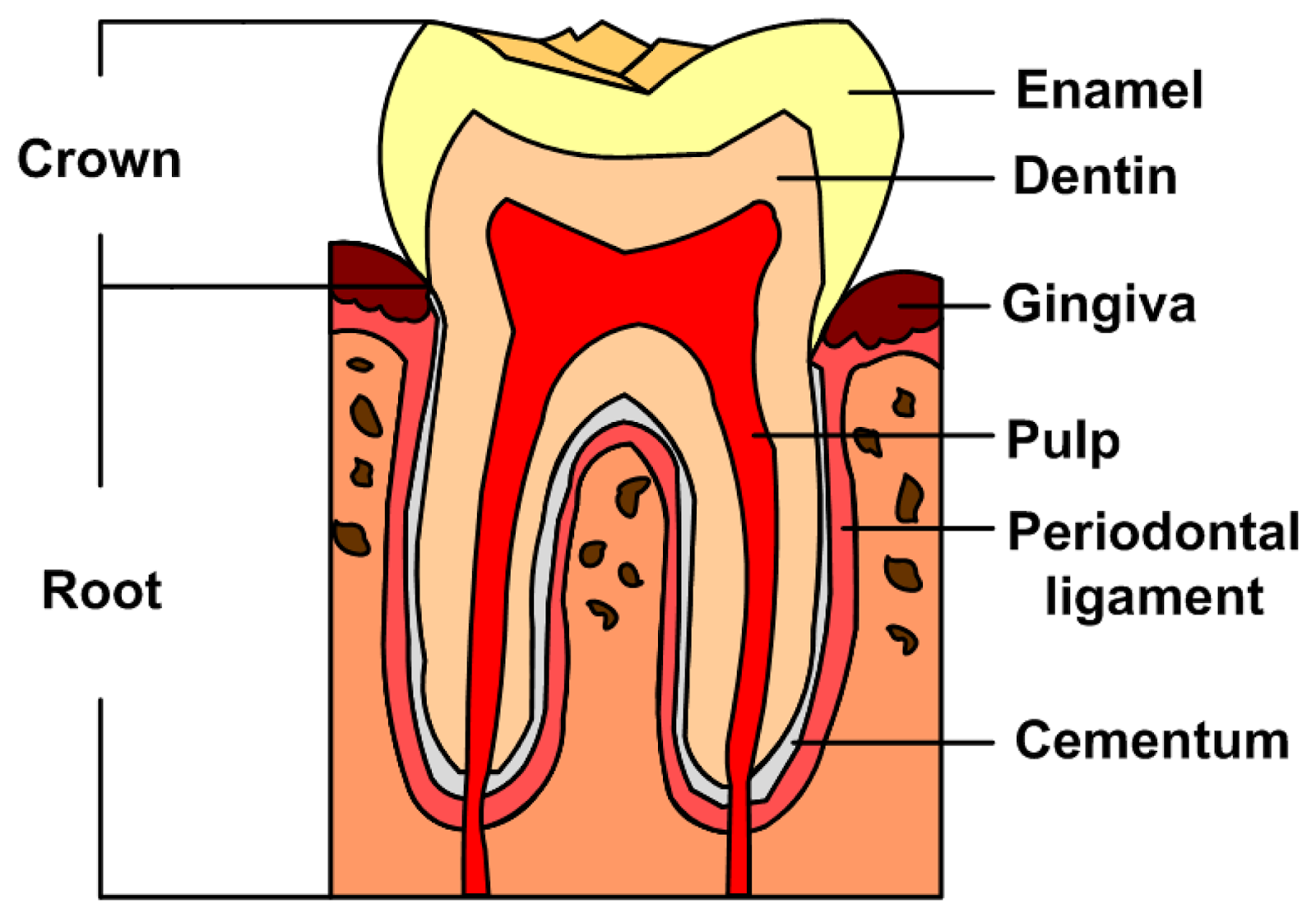
It's also important to note that teeth naturally become yellow as we age age. Because with age, enamel wears down, making the yellowish dentin more visible. This is a normal process and does not necessarily show poor oral hygiene or bad daily habits. However, it can be aesthetically displeasing for some people, leading them to seek aesthetic dental treatments. Although you may have teeth naturally yellow, it’s important to differentiate between naturally yellow teeth and those that have become stained because of external factors. While natural yellowing is not harmful, external stains can signal the buildup of plaque and tartar, which, if not treated, can lead to more severe dental issues such as cavities and gum disease.
So, if your teeth are still yellow after brushing, there are several cosmetic options available to improve the smile. Professional teeth whitening can significantly reduce the yellow appearance, even though they are naturally more yellow due to thinner enamel. However, it's crucial to have realistic expectations because whitening treatments lighten the shade of teeth but may not completely eliminate the natural yellow tone, especially if it’s due to the inherent color of the dentin. For these cases, some people might choose dental veneers, which are thin shells of resin that cover the front surface of the teeth, providing a whiter and more uniform look. This option is especially beneficial for those with severely worn or thin enamel that makes their teeth appear more yellow. Smile Center, has been offering several aesthetic dental treatments in Turkey in a well-equipped modern clinic with experienced dentists who have a solid background. You can discover the before and after photos of patients all over the world!
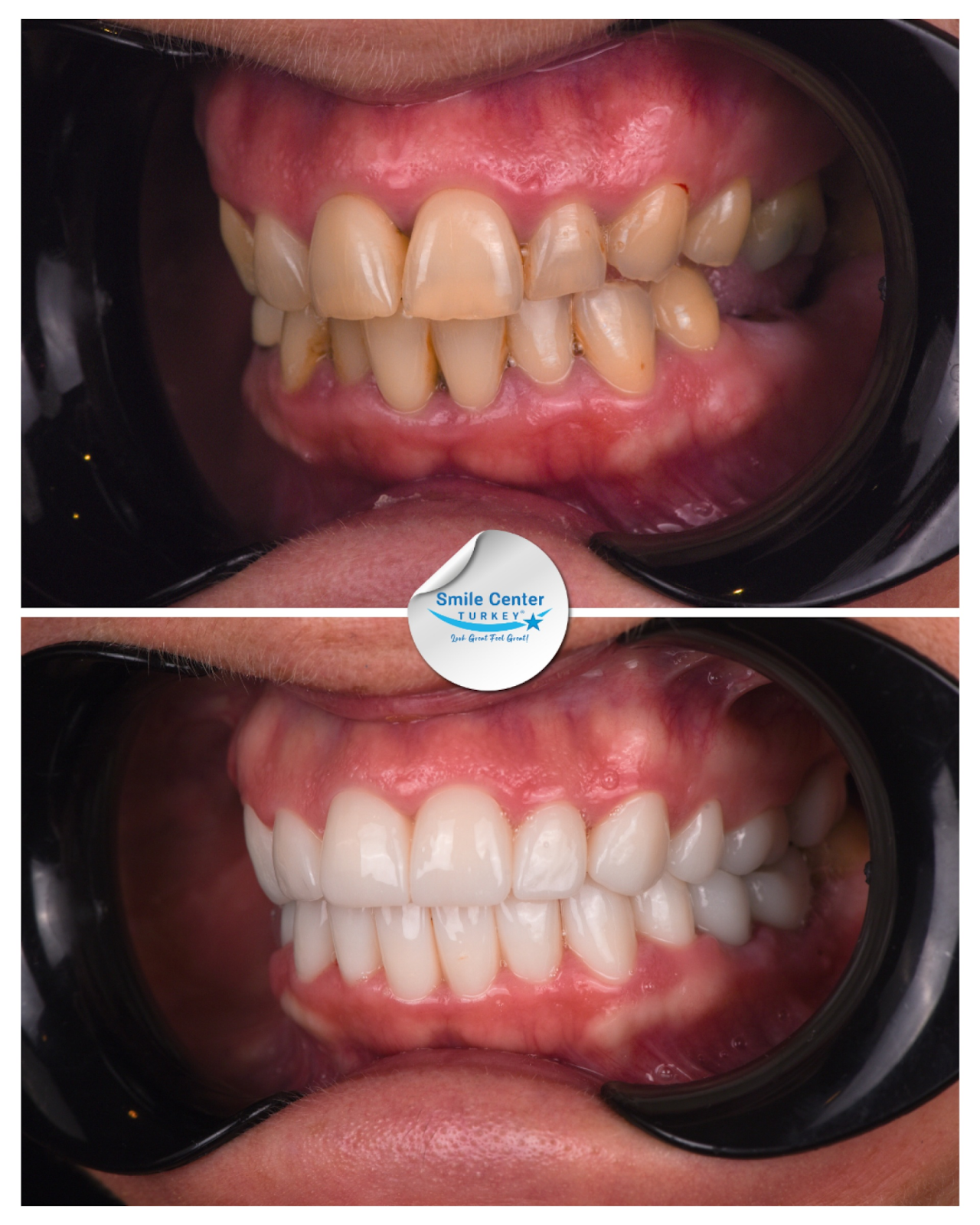
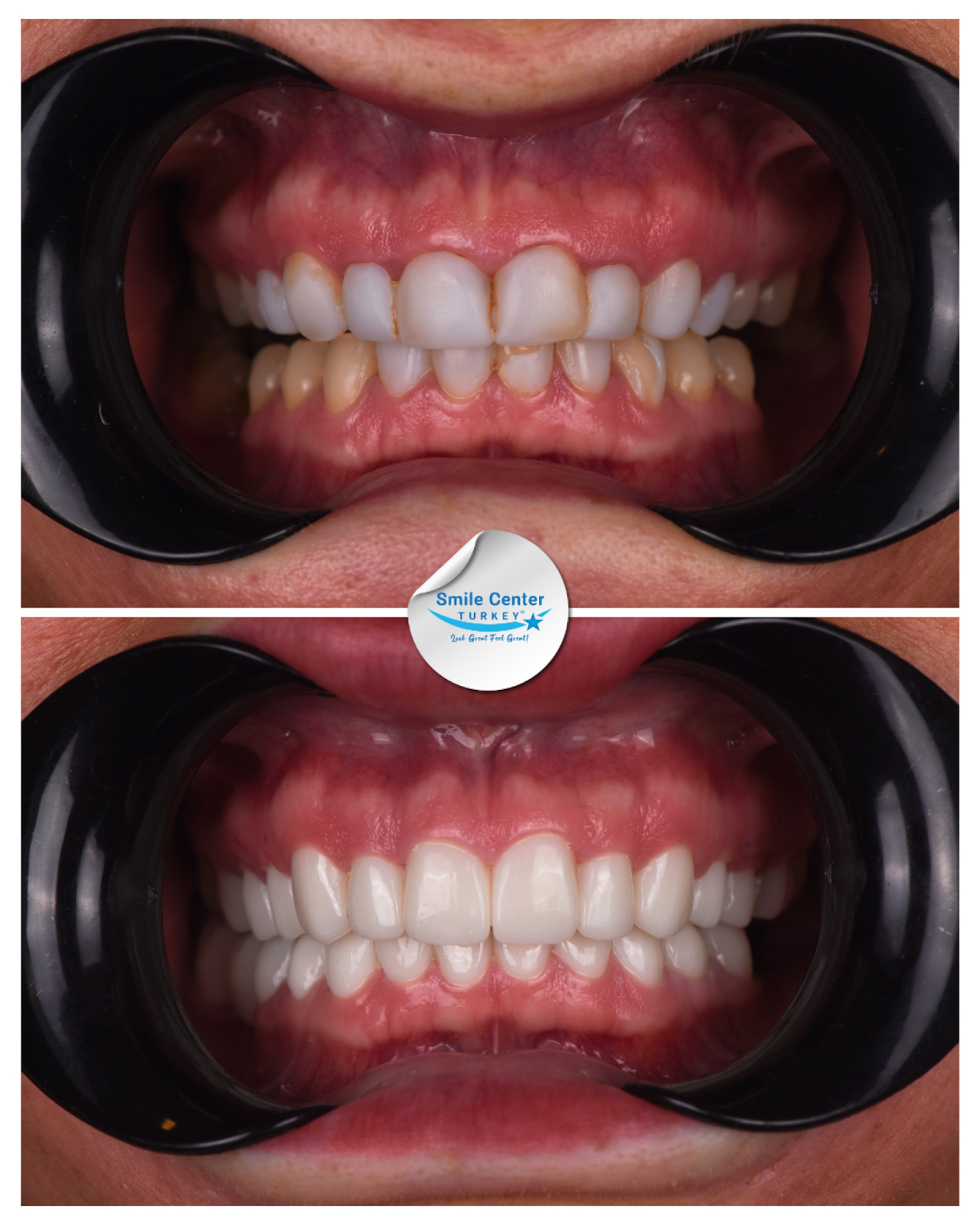
Smile Center’s Veneers Results
REFERENCES:
-
Boytsanyuk, Svitlana & Kochan, Orest & Levkiv, Mariana. (2022). Modern concepts of teeth whitening – a narrative review. EUREKA: Health Sciences. 31-43. 10.21303/2504-5679.2022.002690.
-
Carey CM. Tooth whitening: what we now know. J Evid Based Dent Pract. 2014 Jun;14 Suppl:70-6. doi: 10.1016/j.jebdp.2014.02.006. Epub 2014 Feb 13. PMID: 24929591; PMCID: PMC4058574.


